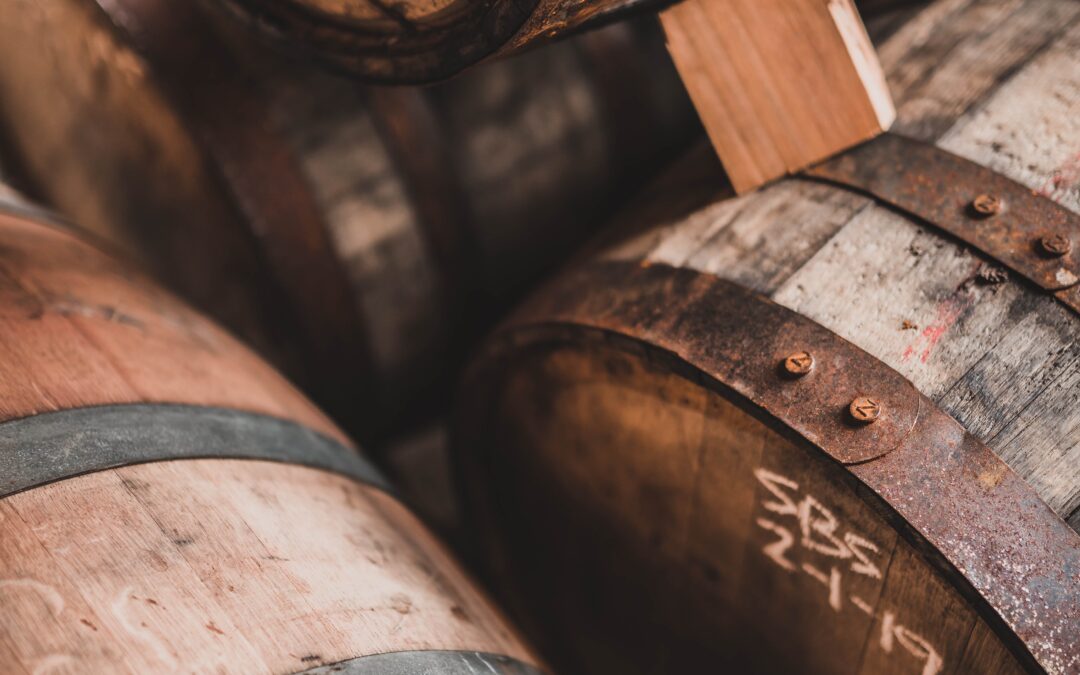
Photo by August Phlieger on Unsplash
Beer mashing is a crucial step in the brewing process that helps to extract sugars from grains and create the wort that will eventually become beer. There are several different techniques that can be used for mash filtration, each with their own advantages and disadvantages.
One common technique is lautering, which involves separating the solid grain particles from the liquid wort through a process of straining and sparging. The mash is typically transferred to a lauter tun, which is a large vessel with a false bottom or a bed of filter material, such as rice hulls or coarse gravel. The liquid wort is then collected in a separate vessel, while the spent grains are removed and discarded.
Another technique is fly sparging, which involves gently sprinkling hot water over the top of the mash to extract the remaining sugars. The hot water is added at a controlled rate, in order to maintain a constant liquid level in the lauter tun and prevent the grains from drying out. This method is considered to be more efficient than lautering, as it allows for a higher extract yield, but it is also more time-consuming and requires careful monitoring.
Yet another technique is continuous sparging, which involves continuously adding hot water to the mash and collecting the wort as it flows out of the lauter tun. This method is even more efficient than fly sparging, as it allows for a higher extract yield and a shorter brewing time. However, it also requires specialized equipment and can be difficult to control.
In addition to these traditional techniques, there are also several more advanced methods that are becoming increasingly popular in the brewing industry. One such method is membrane filtration, which uses a semi-permeable membrane to separate the solid and liquid phases of the mash. This allows for a more precise control of the filtration process, as well as a higher extract yield and a cleaner wort.
Overall, the choice of mash filtration technique will depend on the specific needs and goals of the brewer. Each technique has its own unique characteristics and can be used to achieve different results. By understanding the different options and their pros and cons, brewers can make informed decisions and create the best possible beer.

